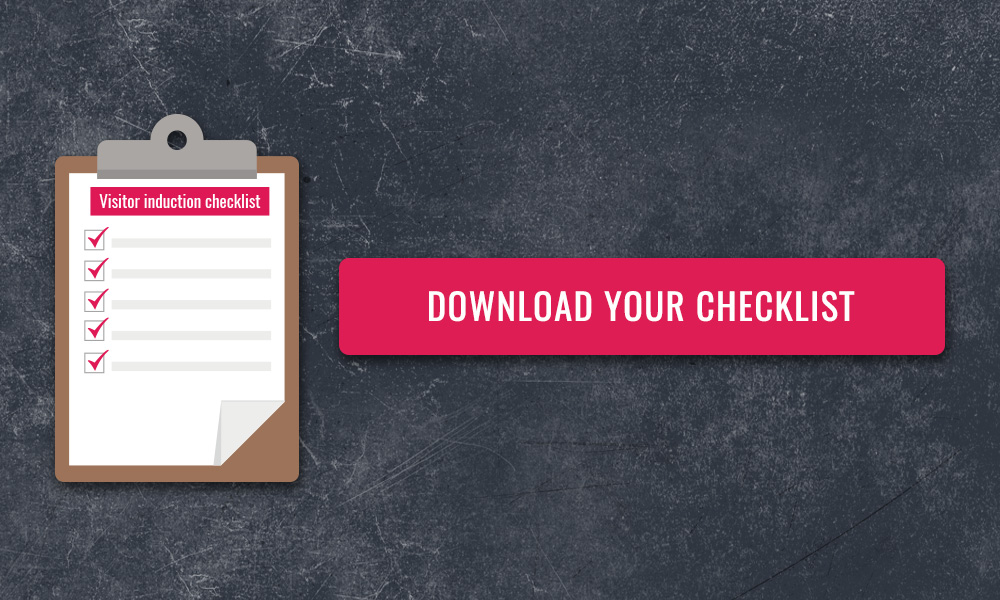
Orientations/inductions are often times used for training new hires and contractors about safety rules and protocols. However, very limited or no emphasis is laid on keeping visitors safe. In order to protect your visitors (as well as yourself from liability), it is important to provide an adequate orientation based on the type of visit the visitor will experience.
Although new hires and contractors may be well trained to recognize and understand the safety rules and regulations of your company, are you keeping visitors safe by providing them with adequate information on any hazards related to the location they’re coming to and any work involved?
In the heavy industry, this could just be an architect or consulting engineer who has come on-site for a few hours. Perhaps, their specific time to arrive has not been agreed upon or they don’t know who to ask for when they do come. It is important to let them know when and where to arrive and this is one of your most important duties in keeping visitors safe.
It is also your responsibility to let these visitors know about any hazards they could be affected by, but also to encourage any on-site workers to behave safely on a daily basis. Repeated training that is often made easier through online training should be made a common process. This is especially true in heavy industries such as construction, where site-specific training is necessary.
In the event of an emergency, it is also your responsibility to make sure that supervisors know how to gather visitors together. That is an important issue mentioned on this checklist, using the example of a color-coded visitor badge so that visitors can be recognized by other employees. It is also vital to understand they are still in the vicinity, a reason why it is so important for visitors to sign-in and out.
This poster features the top steps on keeping visitors safe in the workplace, providing an example of a simple visitor orientation checklist.
Download this checklist to find out more about:
- An accurate description of a ‘visitor’ to your company.
- Identifying any potential hazards on the worksite and assessing the risk levels.
- Always contacting future visitors to explain the hazards involved.
- Using an automated security system to keep track of any work on-site.